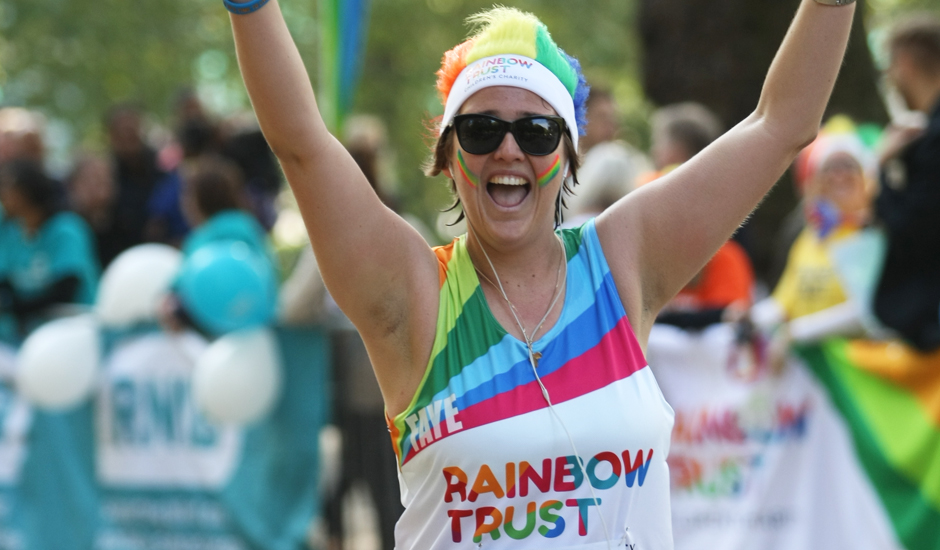
Training plans
From a beginners marathon plan to heart rate training, we have a plan to suit you.
READ MORE
Cold baths! Ice isn’t necessary but cold water is. You can wear the clothes you’ve been running in if you want to and you don’t mind them getting wet. Spend ten minutes in a cold bath then (once your feet have gone numb) have a warm shower.
Two lap warm up
Dynamic stretching
Drills
Run
Warm down two lap jog-walk
Stretch
Cold bath for ten mins then a warm shower!
Remember – consistency is key!
Write the date you buy your trainers on the sole of the shoes in permanent marker. When you can’t see the date anymore then it’s time to get some new shoes!
This is never a good idea. Make sure you have worn everything you plan on wearing on the day multiple times before. Make sure it is comfortable and doesn’t rub when worn for a long period of time.
No more than 10% each week. Do one long run each week, with a slightly easier long run every four weeks.
There is no need to run more than 18 miles in one go during training. The time it takes to recover from doing a longer distance outweighs the benefits of running that far. Another option in training is to do up to a 10 mile run in the morning and a 10 mile run in the afternoon. This is easier on the body than doing up to 18 miles in one go.
Eat breakfast as normal before you leave for the start. Then an energy drink is the best thing to have. Choose energy drinks over water. Water isn’t your friend during a marathon. Energy drinks replace vital electrolytes that you’re losing and are sweet tasting to make you drink more. You can also have a gel at the start of the race. You can then have another gel every half an hour if needed. You may not need that many early on, many people can run 10 miles without needing any –use them in training to work out what works for you. Always make sure the gels you’re using don’t require you to drink 500mls of water with them.
Two weeks before race day.
Ideally cut out alcohol 3-4 weeks before the big day and you’ll notice an increase in leg strength and you’ll sleep better.
Eating large quantities of pasta or any carb heavy food the night before is actually going to be detrimental to your running the following day. Pasta absorbs a lot of water when it’s cooked which you then acquire when you eat it. This can mean you will be carrying lots of excess water resulting in ‘heavy legs’. The best thing to eat is some good quality protein. Chicken or turkey work well, even better have some steak. Combine this with a fist size portion of carbs.
This doesn’t just mean eat a load of pasta in the build up to your run! 4 weeks before the race, cut out carbs. You’ll still be training so this won’t make you feel great and you’ll find you probably have decreased energy levels. Then when you start your 2 weeks of tapering, start to increase your carb intake back up. The combination of decreased training and increased carb intake mean that you will feel bouncy and full of energy ready for the big day.

From a beginners marathon plan to heart rate training, we have a plan to suit you.
READ MORE
Endurance runner, Susie Chan, answers your questions. From training, to kit and what to eat before you run.
READ MORE